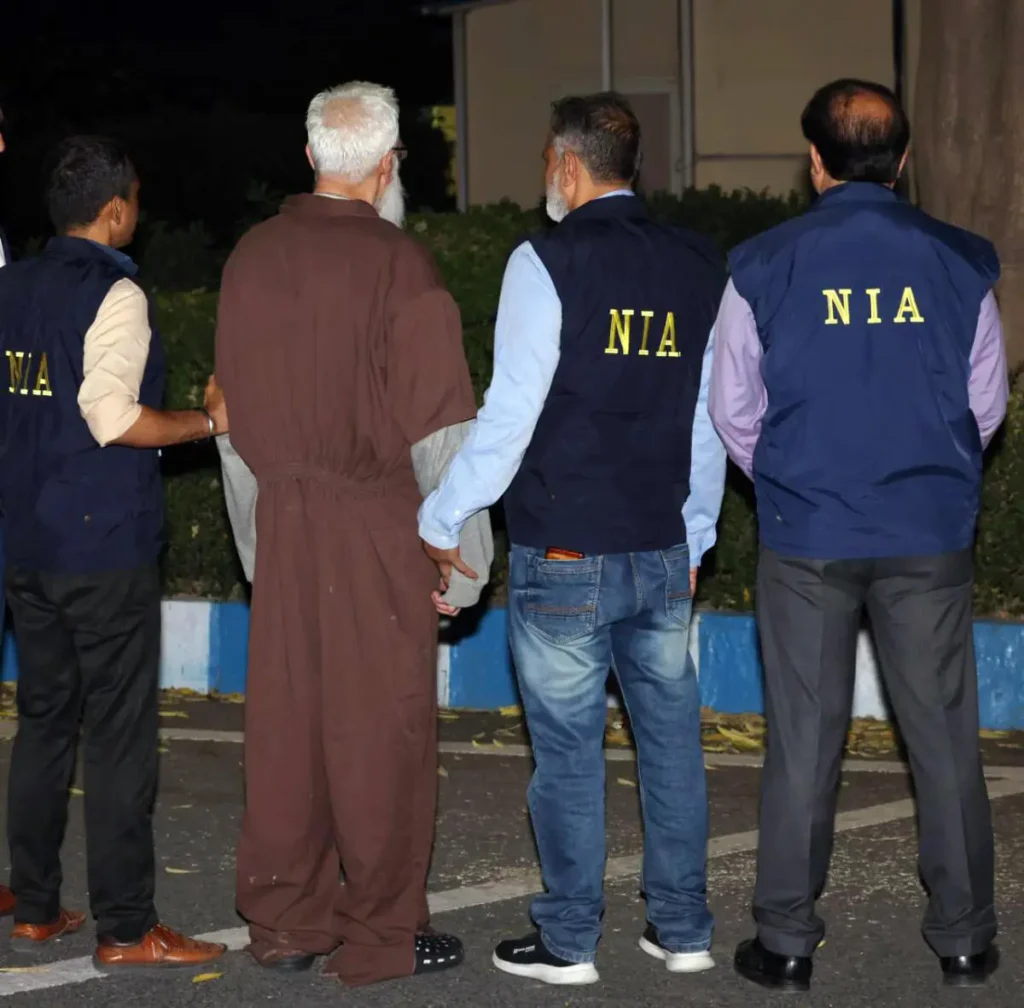NIA seeks Tahawwur Rana’s voice, handwriting samples

NIA Seeks Tahawwur Rana’s Voice and Handwriting Samples in 26/11 Case
New Delhi, May 1, 2025 — India’s National Investigation Agency (NIA) has taken a crucial step in the 26/11 Mumbai attacks case. The agency has asked U.S. authorities for voice and handwriting samples of Tahawwur Hussain Rana, a Pakistani-Canadian businessman detained in the United States.
India Intensifies Pursuit of Rana’s Role in 26/11
The NIA believes Rana helped Lashkar-e-Taiba (LeT) in planning the 2008 Mumbai attacks. He allegedly supported David Headley, who surveyed locations before the strike.
Officials say Rana’s samples will help link him to key documents and phone calls related to the attack planning. The NIA has sent the request through legal and diplomatic channels.
Why the Samples Are Important
Investigators want to match Rana’s voice with recordings of suspects discussing attack plans. They also hope to compare his handwriting with letters and documents used during the planning.
A senior NIA officer said, “These samples are crucial to confirm Rana’s direct involvement. He did more than just support Headley—he actively facilitated his missions.”
Rana’s Connection with David Headley
David Headley admitted in court that he used Rana’s immigration firm as a cover for his missions. Headley surveyed key locations in Mumbai, including the Taj Mahal Hotel and Nariman House.
Rana reportedly allowed him to travel under false pretenses, making his actions appear legitimate. Indian authorities argue this support played a critical role in the success of the attacks.
Ongoing Legal Proceedings in the U.S.
Rana was arrested in 2009 and convicted in 2011 for a separate plot targeting a Danish newspaper. However, a U.S. court cleared him of charges related to the Mumbai attacks.
Despite that acquittal, India maintains it has new evidence to justify his extradition. In 2023, a U.S. court approved India’s request, ruling that the charges differ from those tried earlier.
The final decision now rests with the U.S. Secretary of State. Meanwhile, Indian authorities continue efforts to gather supporting evidence.
Strengthening India-U.S. Counterterror Ties
India and the United States have increased their cooperation in fighting global terrorism. The request for Rana’s samples reflects that partnership.
Intelligence sharing between the two countries has improved in recent years. Both sides have stressed the importance of holding all 26/11 conspirators accountable.
India blames Pakistan-based terror groups, especially Lashkar-e-Taiba, for the attacks. Testimonies and evidence suggest the plot had support from individuals operating in Pakistan.
Families Seek Justice After 17 Years
Victims’ families have welcomed the NIA’s latest move. Kavita Karkare, widow of slain ATS chief Hemant Karkare, said, “Every step counts. We want justice for our loved ones.”
Legal experts say forensic samples could strengthen India’s case once Rana arrives. “Direct evidence like voice and handwriting helps eliminate doubt in court,” said Supreme Court lawyer Ankit Sinha.
Closing In on the Accused
India continues to track down every person linked to the 26/11 attacks. The move to collect Rana’s samples shows the case is far from closed.
Authorities believe more people were involved than those already convicted or killed. Each new piece of evidence brings the investigation closer to completion.






